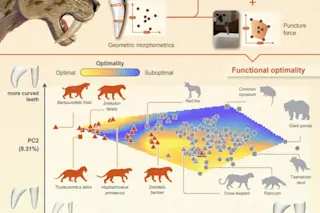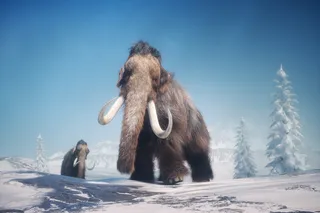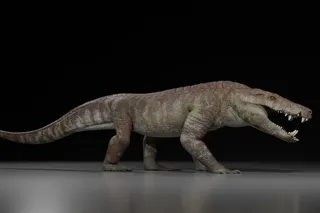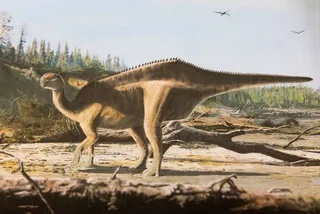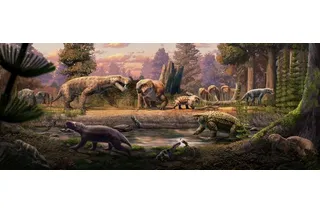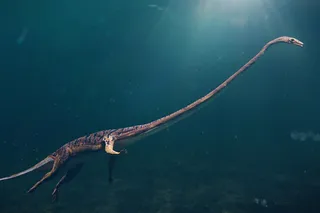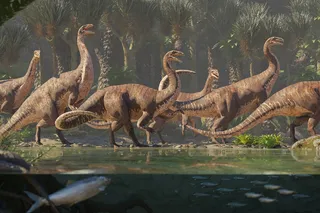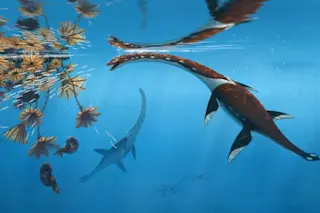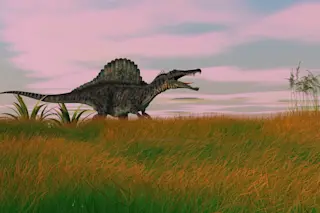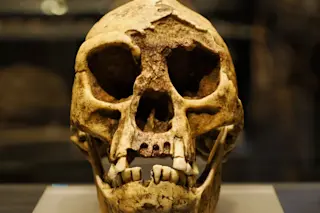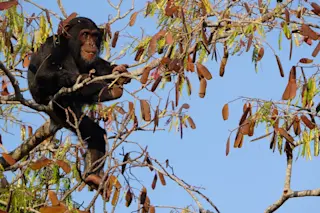The curved teeth of the saber-tooth tiger represents an evolutionary paradox. Gaining its trademark curved fangs made it functionally optimal for piercing the flesh of its prey. But that level of evolutionary specialization may have also contributed to the big cat's demise about 10,000 years ago, according to a new study published in Current Biology.
“Our study helps us better understand how extreme adaptations evolve – not just in saber-toothed predators but across nature,” Tahlia Pollock, a Bristol University researcher and author of the paper, said in a press release.
To reach that conclusion, a team of researchers first used computer simulations on 235 teeth representing 95 different meat-eating mammals — including 25 from various saber-toothed ones. Then they 3-D printed 14 stainless steel teeth covering the range of shapes, and measured the amount of force each model tooth needed to puncture gelatin.
The team analyzed a wide variety of ...


